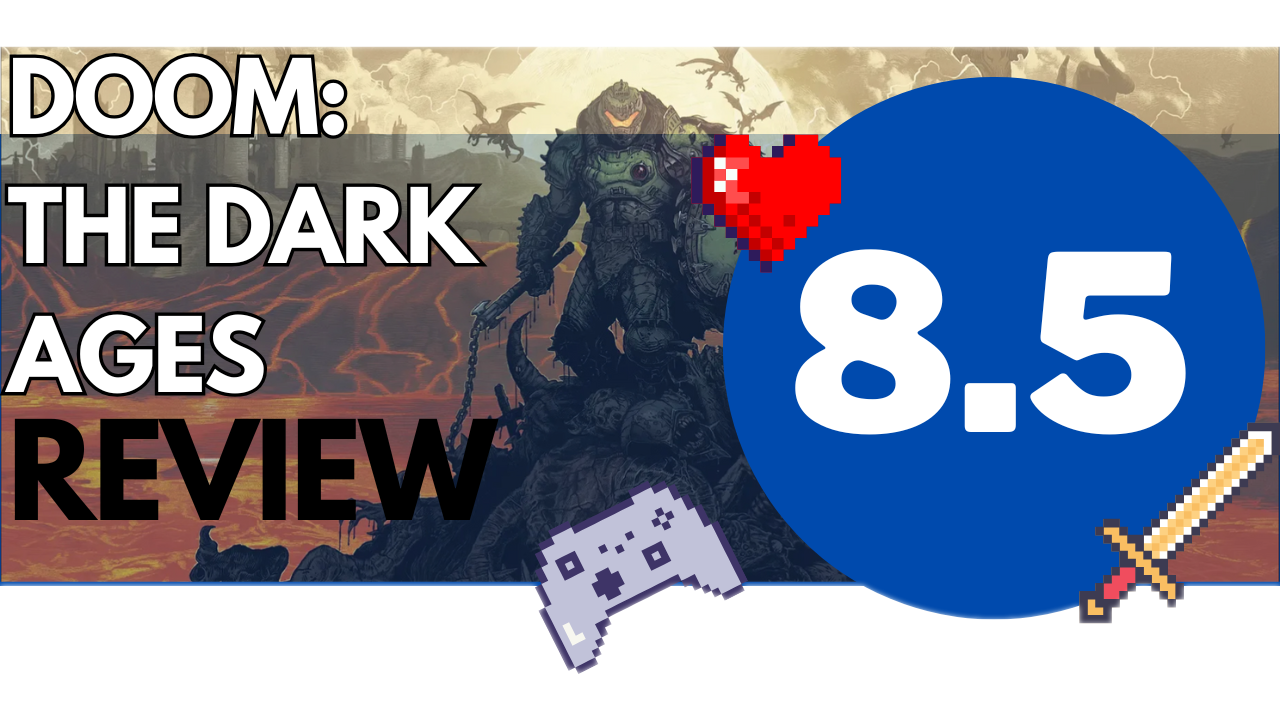DOOM: The Dark Ages Review
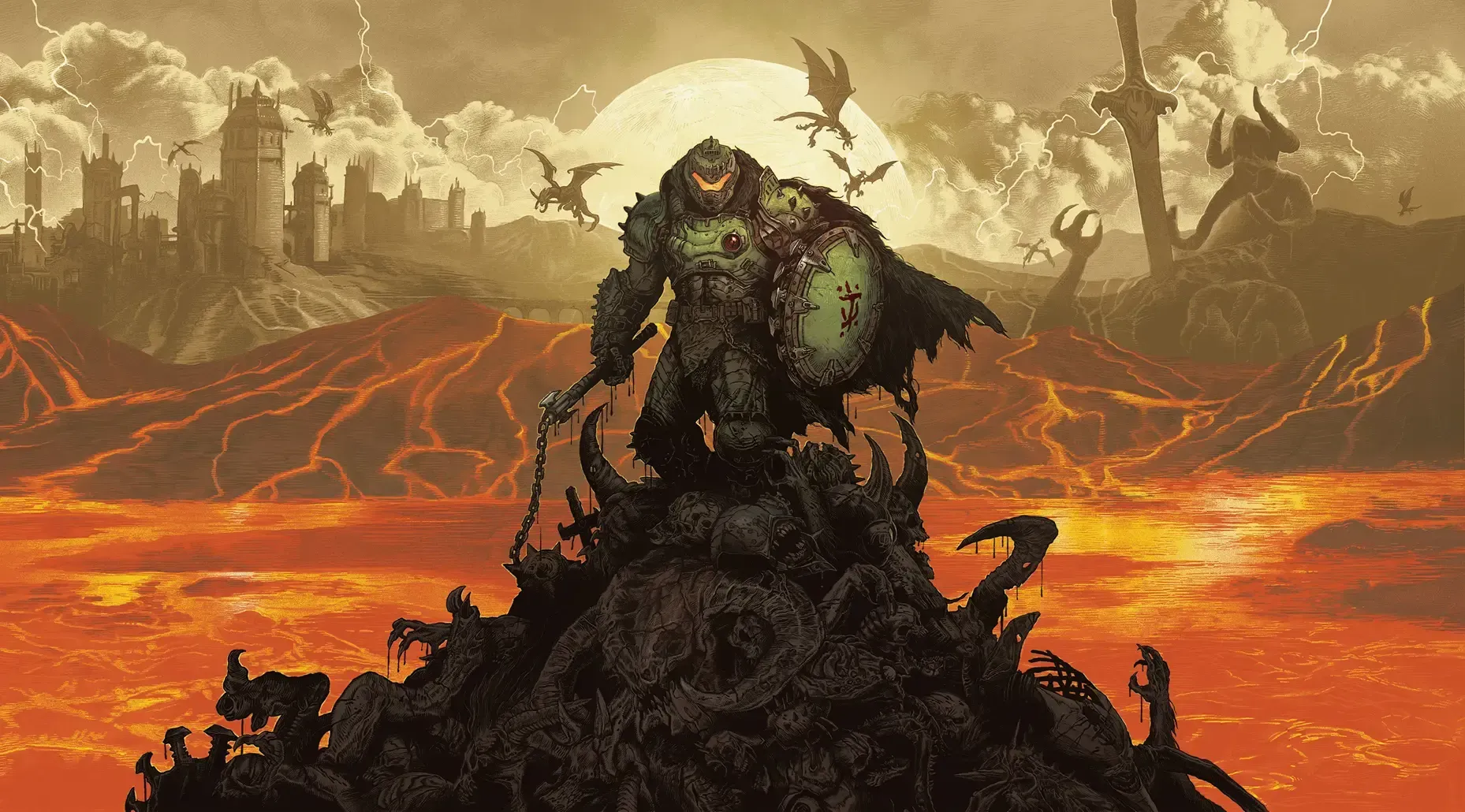
DOOM: The Dark Ages is the newest installment in id Software’s iconic series, boldly transporting the franchise to a dark, medieval world filled with blood, fire, and relentless chaos. Acting as a prequel to DOOM (2016) and DOOM Eternal, this chapter in the Slayer’s saga dives into an ancient war against Hell, placing players into a more grounded yet still incredibly chaotic experience that reminds fans why DOOM remains one of the most visceral shooters on the market.
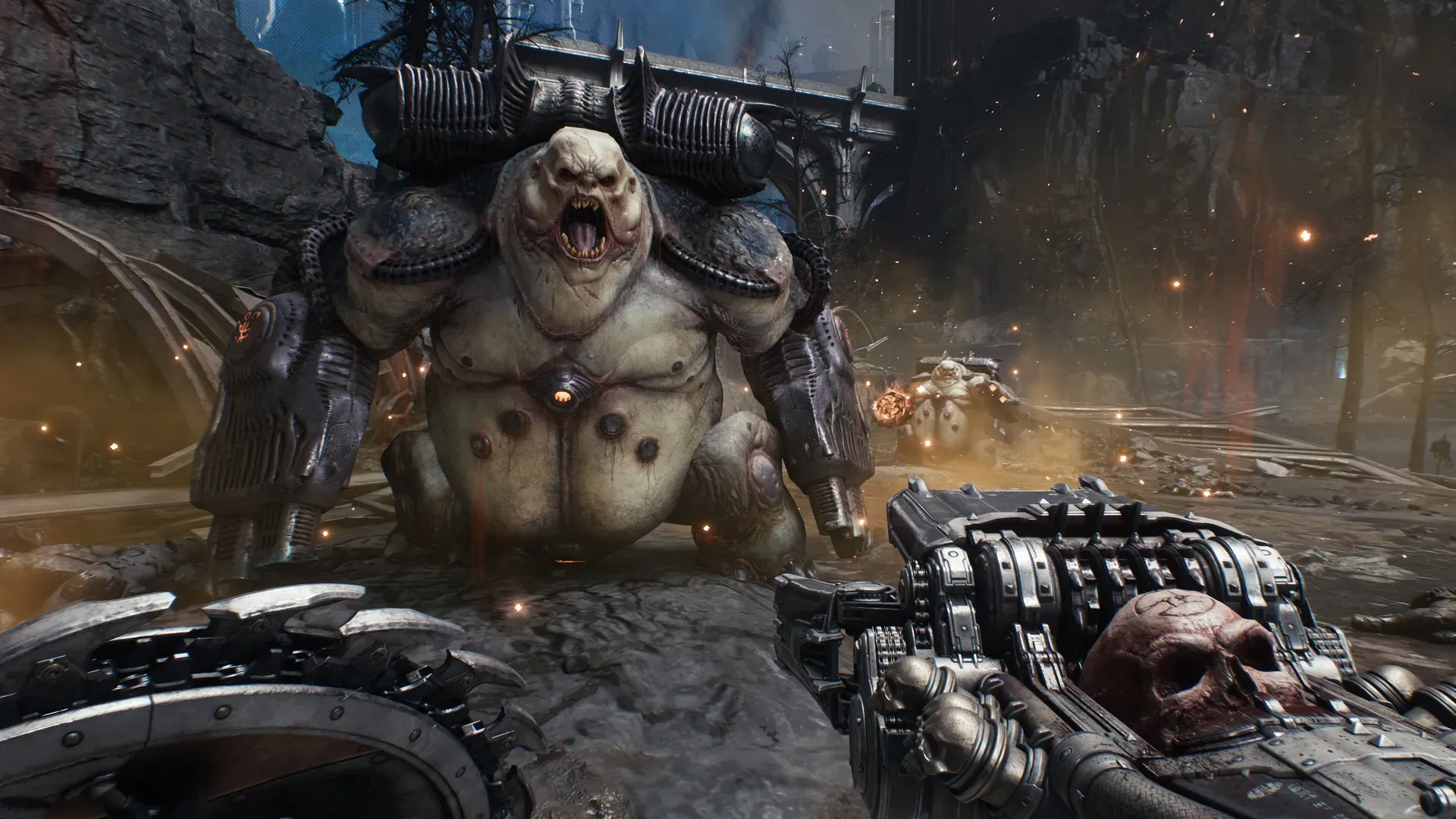
A Slayer Forged in Hatred
In The Dark Ages, players step into the steel-plated boots of the DOOM Slayer, this time positioned as a mythic weapon of gods and kings. From the very first moments, players are thrown into an epic-scale war across massive battlefields as demonic hordes pour into Argent. The game wastes no time, unleashing wave after wave of demons in beautifully rendered open-hub areas. The Slayer’s sheer hatred for demons is evident with every brutal execution, parry, and counter.
The pacing mimics the feel of classic DOOM games—fast, focused, and ferocious. Although the gameplay is thrilling, the story itself doesn't leave a lasting impression. The story is serviceable, providing just enough lore to justify the carnage but lacking the impactful beats or emotional depth found in some other modern shooters.
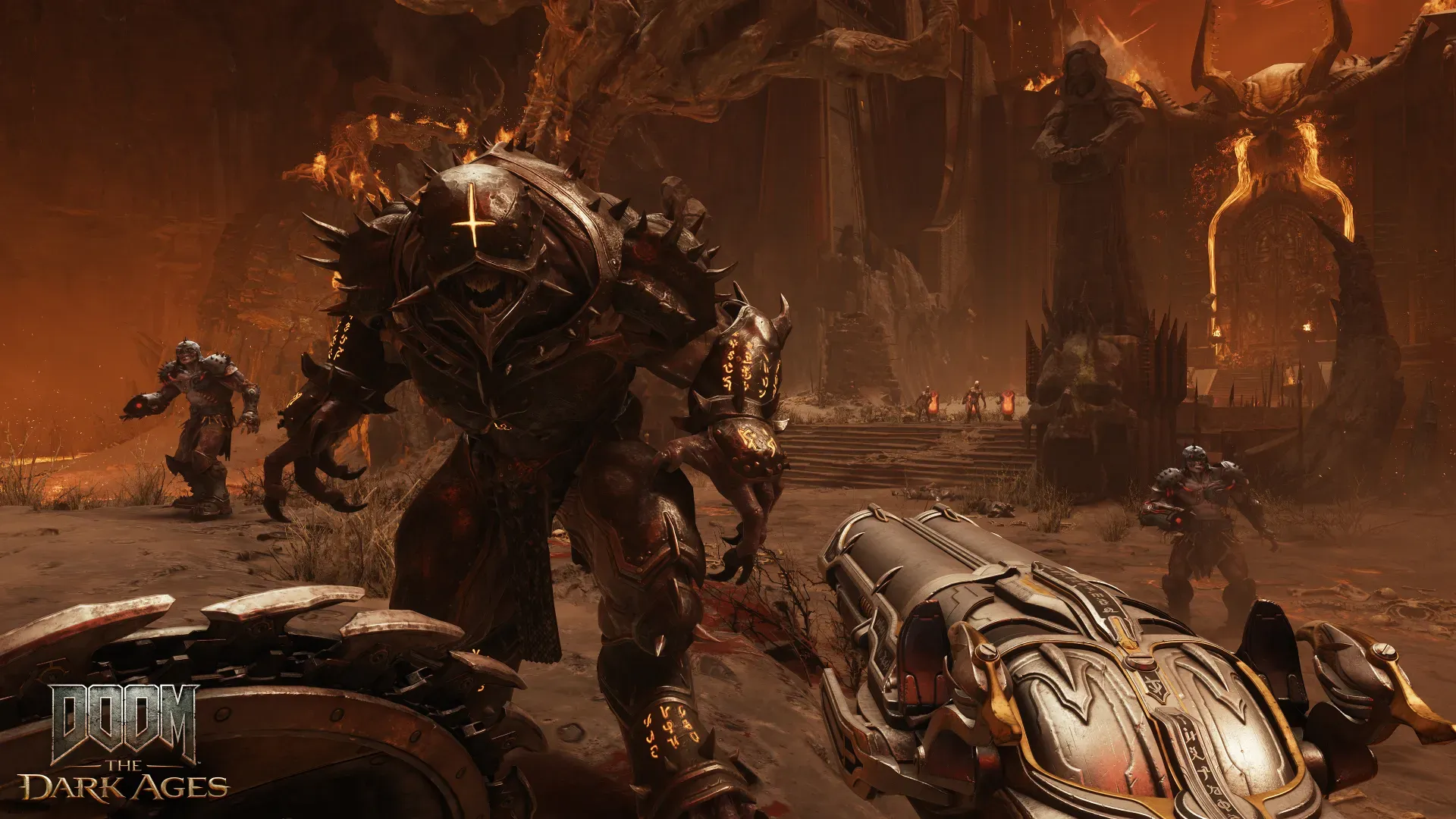
Enter the Shield Saw: Captain Doom
The Shield Saw is undoubtedly the standout feature of The Dark Ages.. A versatile and devastating weapon, the Shield Saw allows players to zip to distant enemies, parry incoming attacks, and even throw it like a buzz-saw version of Captain America's shield. It’s one of the most gratifying tools in the Slayer’s arsenal, and players can upgrade it through Sentinel Shrines to enhance its shockwave, extend its reach, and add new combo potentials.
The parry system stands out as one of the best new features introduced. With precise timing, players can stagger enemies, regain health, shields, or ammo, and chain it into deadly combos using the Power Gauntlet. Parrying never loses its charm, and with mechanics that allow HUD and parry window customization, players can fine-tune combat to their liking.
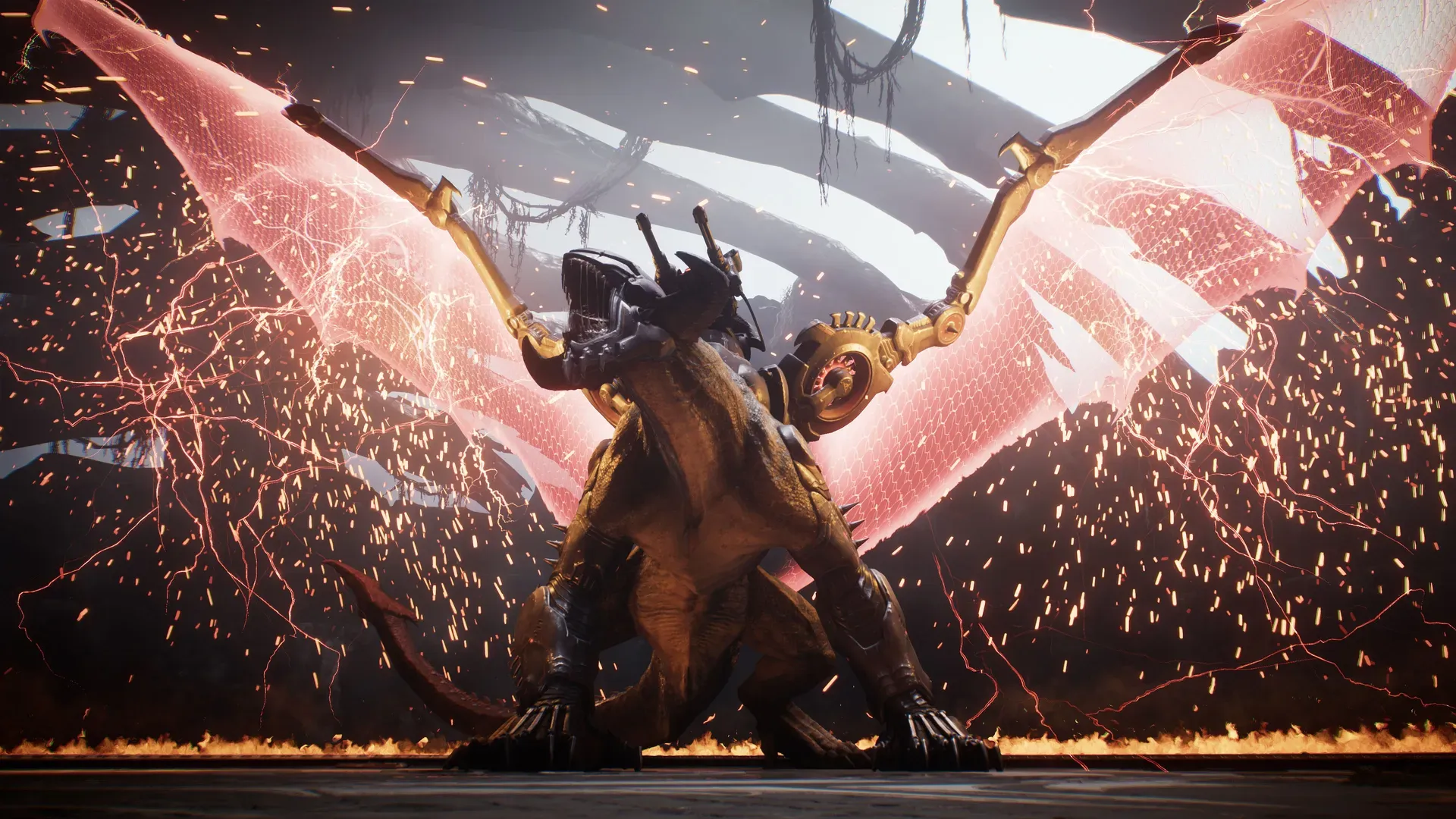
Weapons, Upgrades, and Customization
Combat becomes a brutal dance of destruction, with DOOM classics like the Super Shotgun alongside a fresh arsenal of bone-crushing weapons. As players progress, they can collect health, shield, and ammo upgrades, often locked behind bosses or hidden objectives. Each level includes side quests—killing cultists, collecting gold, finding hidden landing pads—that reward upgrades and enrich replay value.
Customization is extensive. Players can tweak their HUD, colour-coding for attacks and parry indicators, or even go hardcore with permadeath. The game’s accessibility and challenge options are commendable, offering a balance of high-octane thrills with a level of player control.
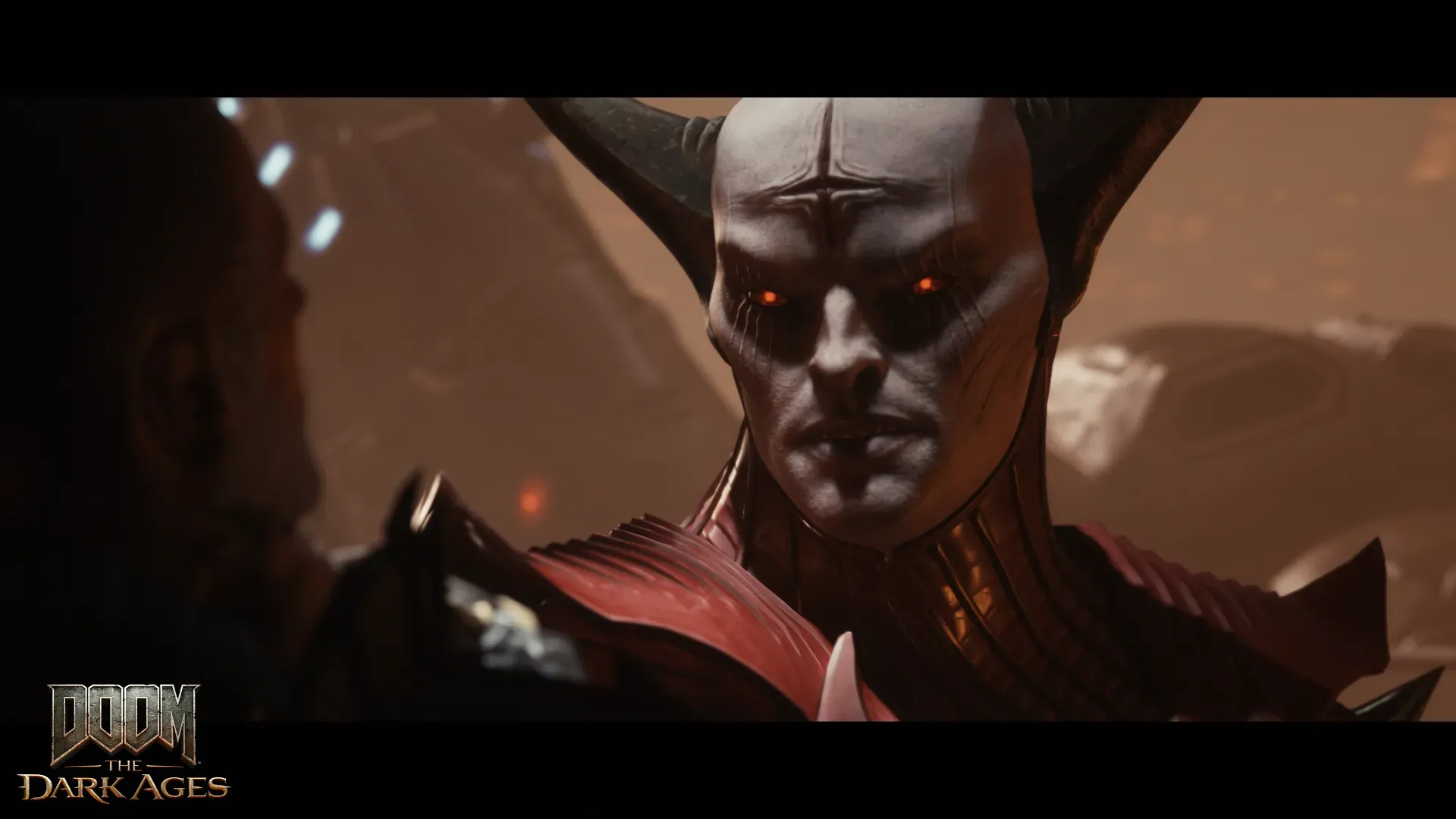
Level Design and Exploration
Initially straightforward, the level design in The Dark Ages gradually opens up to reveal hidden paths, secret bosses, and collectibles. Each of the 22 chapters offers something worth exploring, with multiple branching routes that lead to valuable rewards. Secret areas packed with loot, upgrades, and lore elements help break the pacing and offer breathers from the relentless combat.
Unfortunately, one minor complaint is the inability to place markers—a small feature that could have made backtracking and navigation more intuitive in sprawling, labyrinthine levels.
A Gorgeous, Blood-Soaked Apocalypse
Visually, The Dark Ages is absolutely breathtaking. Cutscenes are beautifully cinematic, and the overall art direction strikes a perfect balance between medieval grimdark and DOOM’s signature hellish aesthetic. The game runs incredibly smoothly on PC and console, maintaining stable performance even during the most chaotic encounters filled with dozens of enemies on screen.
Sound design remains top-tier, with thunderous weapon effects and a metal soundtrack that fuels the adrenaline. Each encounter feels like a concert of carnage, and the game ensures you’re always in the center of it.
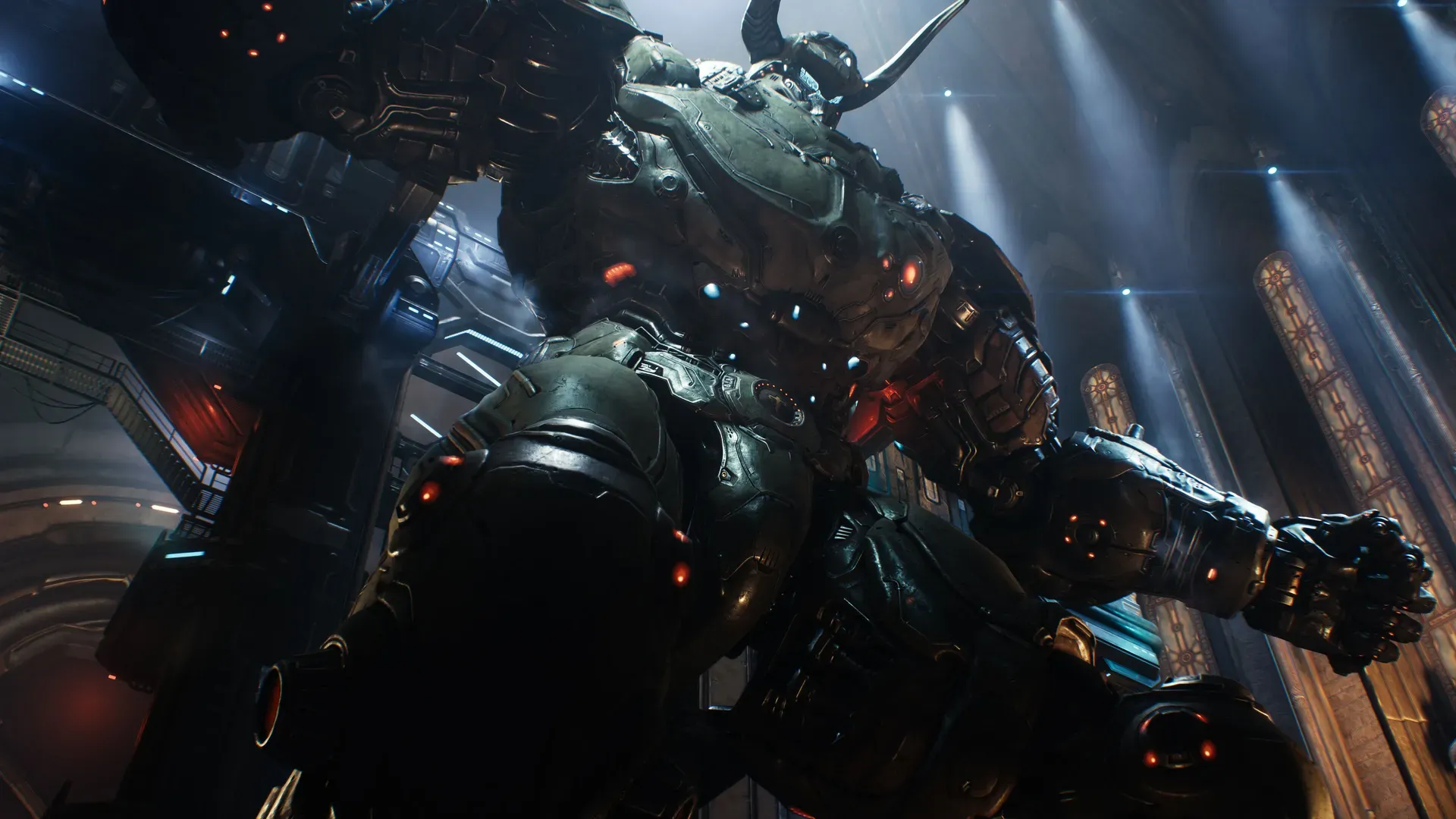
When the Dust Settles: A Few Shortcomings
While the first half of The Dark Ages is near-perfect in its execution, the game does lose steam in the latter chapters. Once new enemy types and weapons stop appearing, a sense of repetition sets in. The relentless combat, though expertly crafted, starts to feel a bit too familiar without additional mechanics to mix things up—something DOOM Eternal achieved with its platforming and traversal.
Boss fights also feel underwhelming. Though visually impressive, they lack the mechanical complexity to stand out. Many feel like glorified endurance matches rather than skill-driven duels, often serving as breaks rather than climaxes.
Additionally, the game feels slightly slower compared to its predecessors. While this grounded approach matches the tone of The Dark Ages, it might disappoint those looking for the ultra-fast pacing of Eternal.
I also found that the awareness of being hit wasn't there. It wasn't obvious at times, especially in intense times, that my health was deteriorating. Maybe a screenshake with each hit would have helped out with this.
DOOM: The Dark Ages is a brutal, thrilling, and visually spectacular entry in the franchise. It offers one of the best combat systems DOOM has seen, thanks largely to the Shield Saw and refined parrying. Despite a few pacing issues and some repetitive encounters in the final chapters, the game remains a worthy addition to the DOOM legacy.
For fans of DOOM (2016) and DOOM Eternal, this is a no-brainer. It’s a rich, action-packed FPS that proves the Slayer’s fury burns just as bright in the past as it does in the future.
